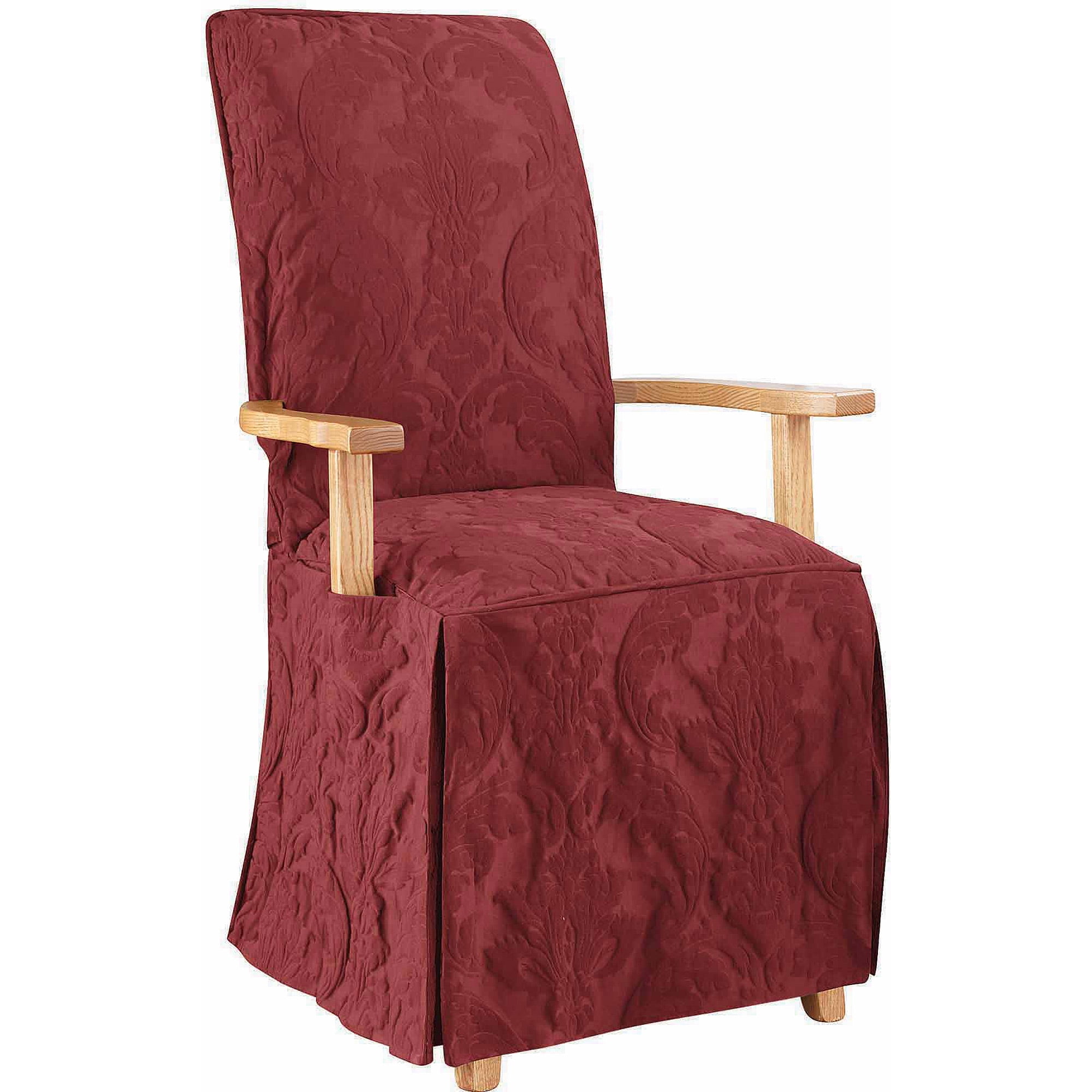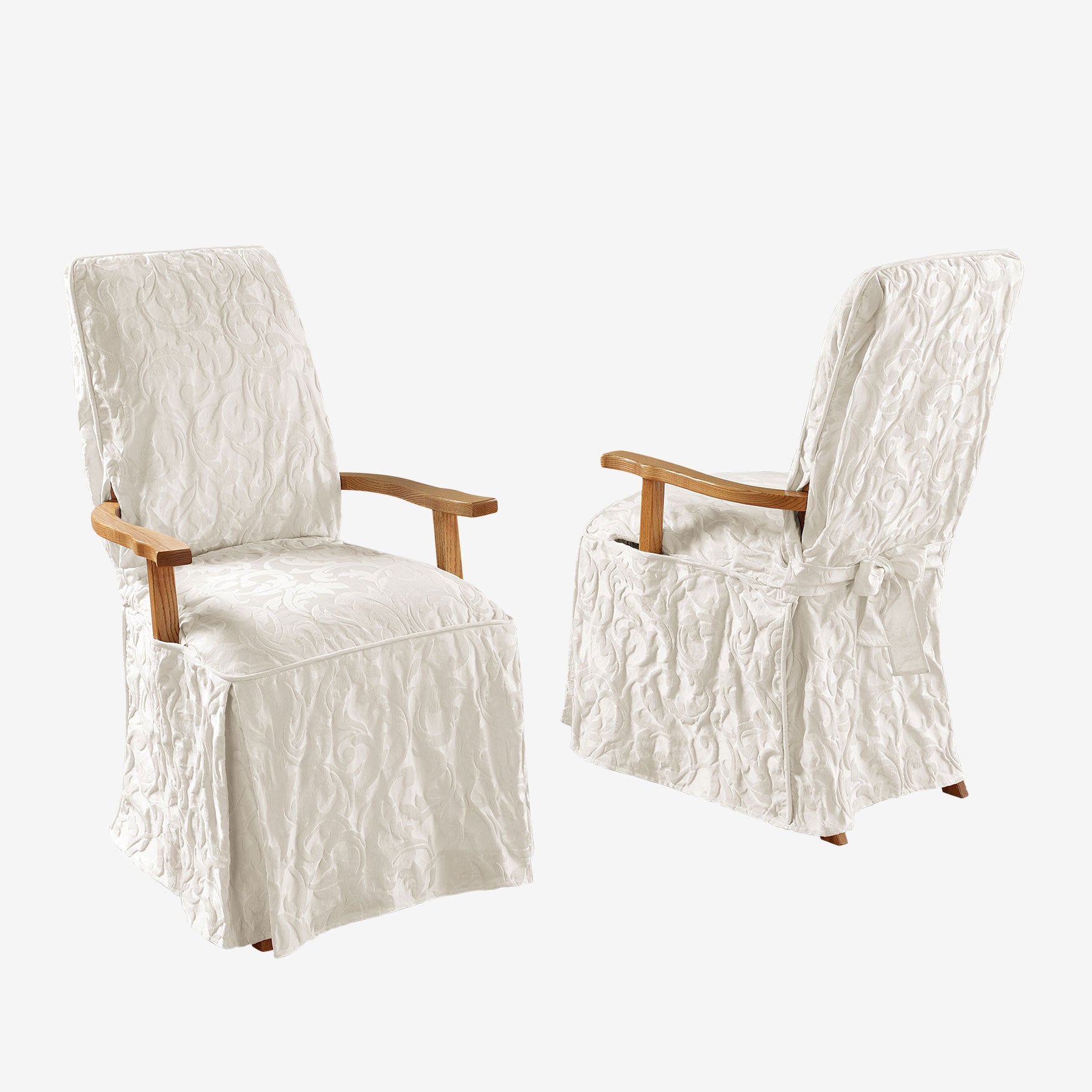Buying Guide and Considerations for Chair Covers

Selecting the right chair covers for your dining room chairs can significantly enhance the aesthetic appeal and functionality of your space. A well-informed purchase ensures a perfect fit, complements your existing décor, and provides long-lasting protection. This guide provides a step-by-step approach to achieving the ideal result.
Measuring Dining Room Chairs with Arms
Accurate measurements are crucial for a proper fit. Incorrect measurements can lead to ill-fitting covers that look sloppy and may not provide adequate protection. The process involves measuring several key dimensions. First, measure the height of the chair back from the seat to the top. Next, measure the width of the seat. Then, measure the depth of the seat. Finally, measure the height of the armrest from the seat. Visualize a rectangle representing the seat, extending this rectangle upwards to encompass the chair back. Now, imagine adding two smaller rectangles on either side to represent the armrests. These measurements, along with the armrest’s height, provide a comprehensive profile for selecting appropriately sized covers. Consider adding an extra inch or two to each measurement to allow for a comfortable fit and prevent overly taut covers.
Selecting Chair Covers that Complement Existing Décor
The color and style of your chair covers should harmonize with your existing dining room furniture and overall décor. For instance, a modern dining set with sleek lines would benefit from simple, solid-colored covers in neutral tones like beige or gray. Conversely, a more traditional setting might be complemented by patterned covers with richer colors or textures. Consider the existing color palette in your dining room. If your room uses earth tones, selecting covers in shades of brown, green, or beige would create a cohesive look. If your room features brighter colors, you could introduce a complementary color through the chair covers, or stick to a neutral tone to maintain balance. The fabric texture should also complement the existing furniture. For example, linen covers would suit a rustic setting, while velvet covers might be appropriate for a more luxurious space.
Factors to Consider When Purchasing Chair Covers, Chair covers for dining room chairs with arms
Several factors influence the purchase decision, beyond simple aesthetics and fit. Budget plays a significant role, as prices can vary widely depending on the material, style, and brand. Durability is another key consideration; covers made from high-quality materials are more likely to withstand frequent use and cleaning. Cleaning methods should also be considered; some materials are machine washable, while others require hand washing or professional cleaning. Finally, ease of application is a practical concern; covers that are easy to put on and take off are more convenient for everyday use. Consider whether you require covers that are easily removable for frequent cleaning or those designed for a more permanent installation.
Care and Maintenance of Chair Covers: Chair Covers For Dining Room Chairs With Arms

Protecting your investment in chair covers requires understanding the specific needs of the fabric. Proper care ensures longevity and maintains the aesthetic appeal of your dining room. Different fabrics demand different cleaning methods, and understanding these nuances is key to preserving their quality.
Cleaning Methods for Various Fabrics
The cleaning method best suited for your chair covers depends entirely on the fabric composition. Always check the care label before attempting any cleaning. This label provides crucial information on recommended cleaning methods. Ignoring this can lead to irreversible damage.
- Machine Washable Fabrics: Many polyester blends and some cotton blends are machine washable. Always pre-treat stains before washing. Use a gentle cycle with cold water and a mild detergent. Avoid bleach, as it can damage the fabric and cause discoloration. Air dry whenever possible to prevent shrinkage and maintain the shape of the cover.
- Hand Washable Fabrics: Delicate fabrics like silk or linen often require hand washing. Fill a basin with cool water and a mild detergent, gently swishing the cover for a few minutes. Rinse thoroughly with cool water until all traces of soap are gone. Roll the cover in a towel to absorb excess water, and then lay it flat to air dry away from direct sunlight.
- Dry Clean Only Fabrics: Certain fabrics, like velvet or those with intricate embellishments, are best dry cleaned. Professional dry cleaning ensures the cover is treated appropriately, preserving its texture and appearance. Always inform the dry cleaner about any specific stains.
Stain Removal Techniques
Prompt action is crucial for effective stain removal. The longer a stain sits, the more difficult it becomes to remove.
- Fresh Stains: Blot (don’t rub!) fresh spills immediately with a clean cloth or paper towel. Work from the outside of the stain inward to prevent spreading.
- Specific Stain Solutions: For grease stains, apply a small amount of dish soap and gently blot. For wine stains, use a mixture of equal parts water and white vinegar. For ink stains, rubbing alcohol can be effective. Always test any cleaning solution on an inconspicuous area first.
- Stubborn Stains: For stubborn stains that persist after initial attempts, consider consulting a professional dry cleaner. They have access to specialized cleaning agents and techniques.
Proper Storage of Chair Covers
Proper storage is essential to prevent damage and maintain the appearance of your chair covers. Avoid storing them in damp or humid areas, as this can lead to mildew and discoloration.
- Clean Before Storing: Always ensure the covers are clean and completely dry before storing. Any remaining moisture can breed mold and mildew.
- Appropriate Containers: Store chair covers in breathable fabric bags or garment bags. Avoid using airtight plastic bags, as this can trap moisture. For long-term storage, consider using acid-free tissue paper to separate layers and prevent creasing.
- Storage Location: Choose a cool, dry, and dark place for storage. A closet or linen cupboard is ideal. Avoid areas with fluctuating temperatures or direct sunlight.
